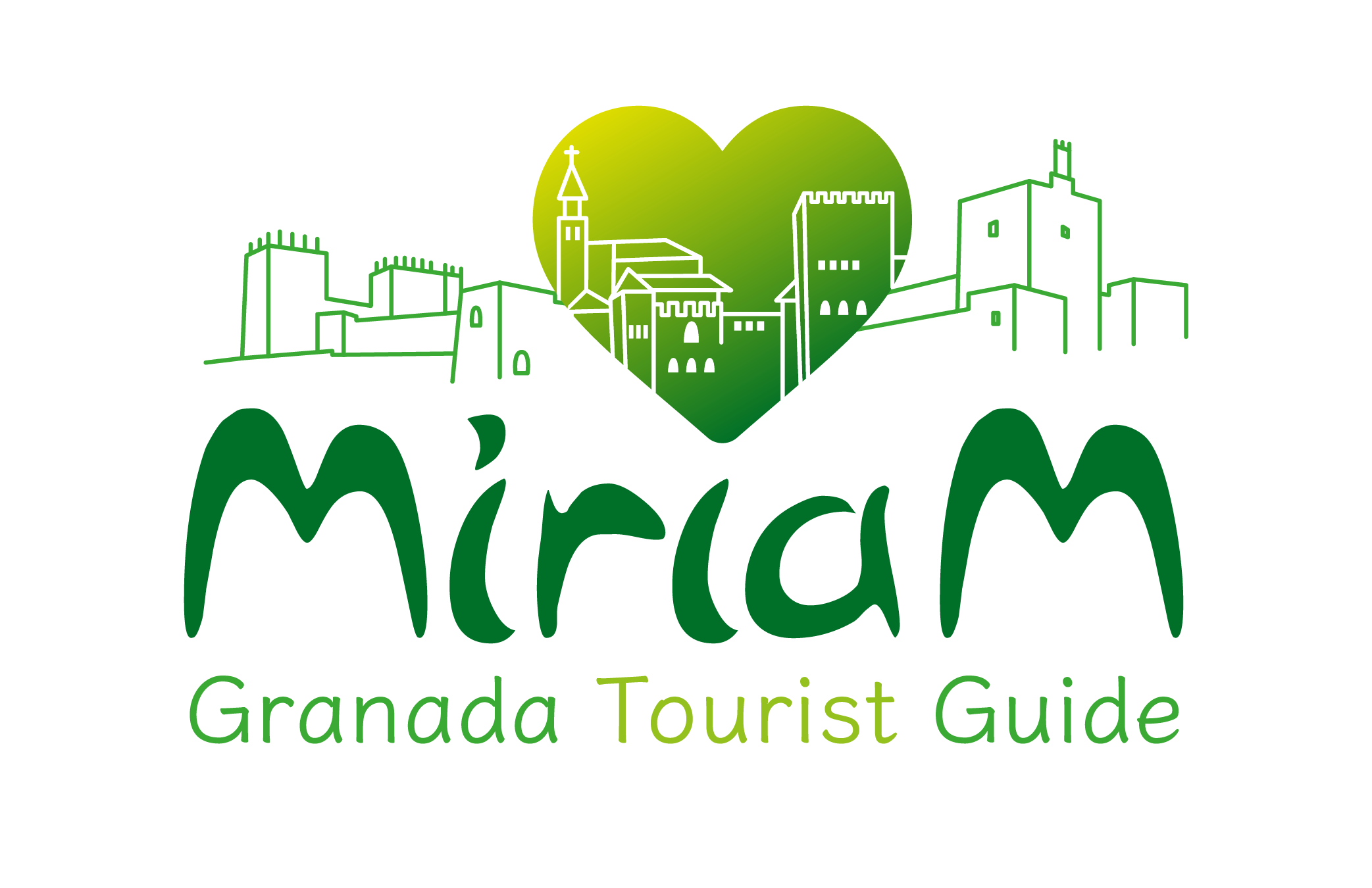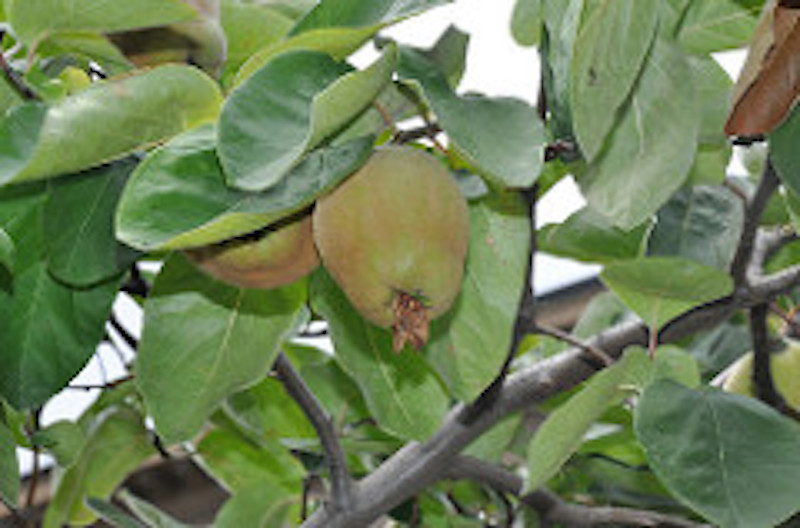Cydonia oblonga or Quince is a small to medium sized fruit tree native to Southwest Asia and Southeastern Arabia (Iran and Turkey).
Table of Contents
Which means the word cydonia oblonga?
This tree is related to the apple tree and the pear tree. Its fruit is known by the name of quince.
However, its scientific name is Cydonia Oblonga. Cydonia alludes to the city of Cydon on the island of Crete, where it was apparently cultivated abundantly. It is also known as “Mela kudonia” or “apple of Cidonia”.
Oblonga alludes to the shape of its leaves. The term “quince” comes from the Greek “μελίμηλον” which literally means ‘honey apple’.
Diverse honey apple used by the Greeks, Romans, Arabs and Christians
Its uses are very diverse. Among the ancient Greeks, quince was offered at weddings — a sacred ritual that came from the East with the worship of Aphrodite. Plutarch recounts that Greek brides chewed quince to perfume the kiss before entering the bridal chamber “so that the first kiss was not unpleasant”.
The Romans also used quince. Apicius’ Roman cookbook includes recipes for cooking quince with honey, and even combining them, surprisingly, with leeks.
On the other hand, the Arabs looked for more practical uses of quince. First, they used it as a natural medicine. The honey apple has high mucilage content in their seeds. It is used for eye inflammation, to heal different skin conditions and as a laxative. Today it is still used in medicine because of its astringent properties.
Second, it was used in the Andalusian kitchen. It was the omnipresent food they used for fillings, compotes and grape syrup (substitute for honey or sugar). From the 12th century it began to be used with meat, seasoned with caraway (a spice similar to cumin) and drops of vinegar.
In general, quince was also very appreciated in the Middle Ages, as it never lacked on the monarchs and aristocrats’ tables. They served it at their banquets as a sign of prestige.
It is not common to eat the fruit raw due to its strong taste and the hardness of its pulp. The more favoured use of quince is to make preserves: jams, jellies, sweets, compotes, sorbet, table liquors or to add flavor to apples and pears when cooked.
Until October you can see some honey apple trees in the Alhambra. If you can, try the combination of quince and cheese. It is a real pleasure for the senses.




Comment (0)